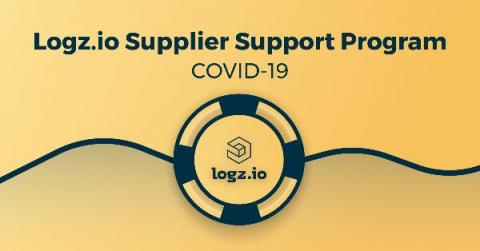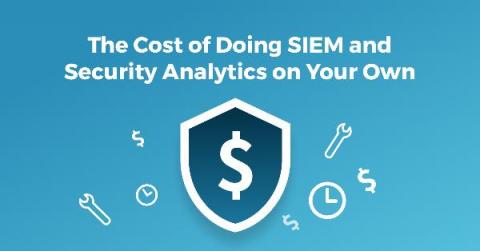Logz.io Suppliers Support Plan-COVID-19
We believe that small businesses are the backbone of the local economy and consider our suppliers as partners in our success. Unfortunately, the novel coronavirus/COVID-19 has brought tough times and economic disruption that could significantly change the global economy. So we at Logz.io decided that we can make a meaningful impact by supporting our suppliers and helping them to meet the challenges that this new era brings.










